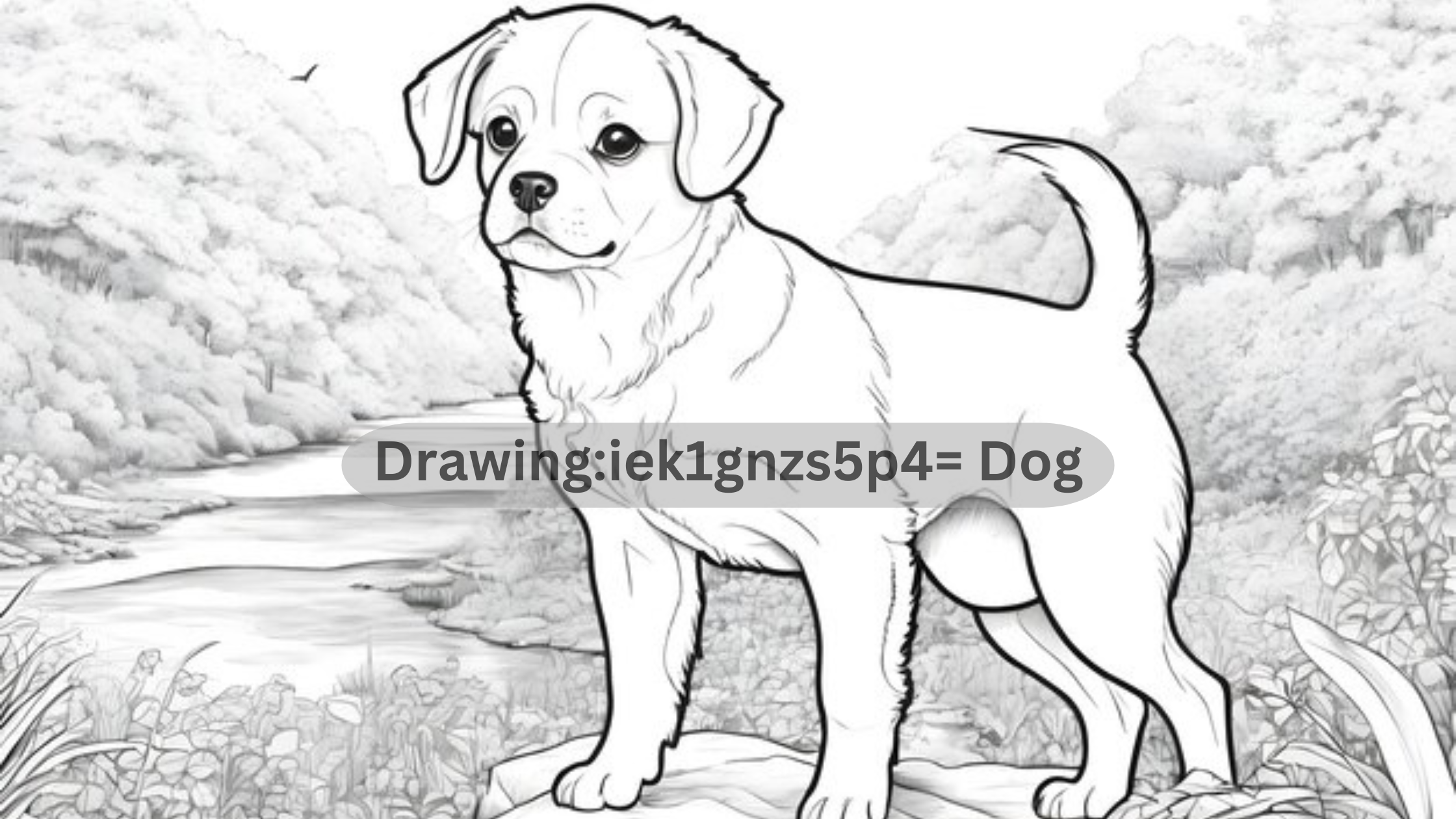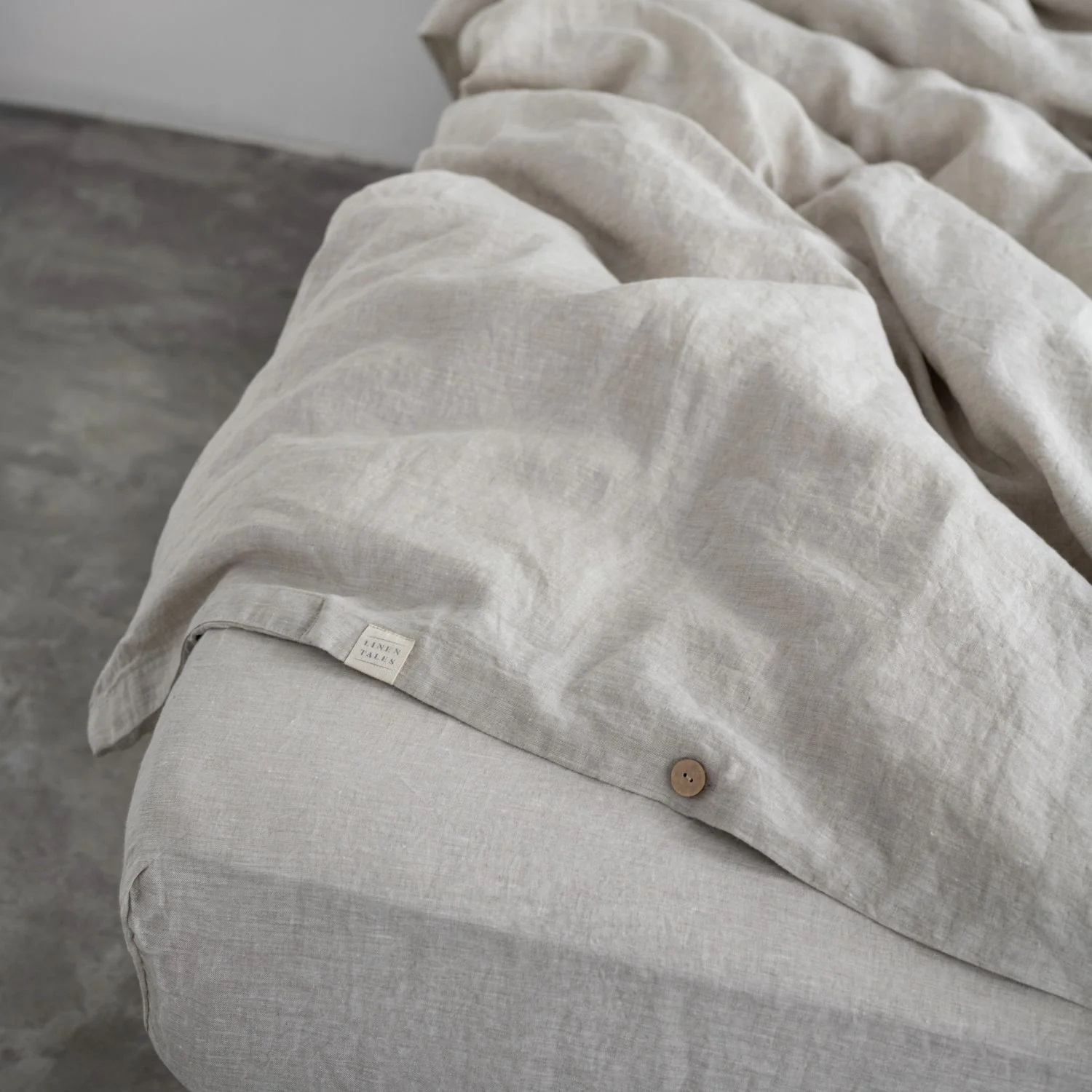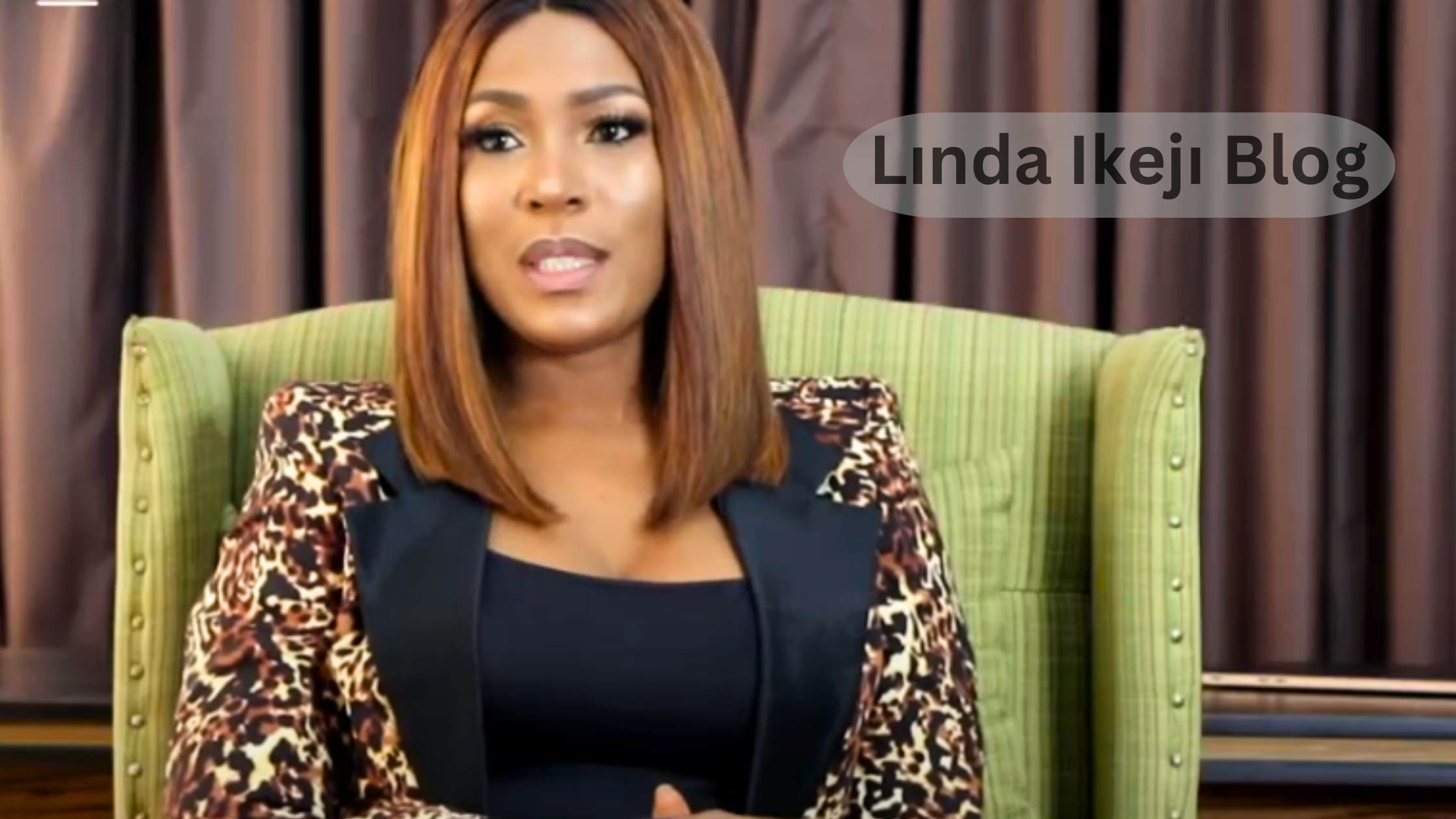Drawing:iek1gnzs5p4= Dog sketches can be a fun and creative way to express your love for animals. Whether you’re a beginner or an experienced artist, drawing dogs provides a great opportunity to practice and improve your skills. In this article, we will take you through a step-by-step guide to create realistic and cartoon-style dog drawings. With these techniques, you’ll be able to capture the essence of your favorite furry friend in no time!
Drawing:iek1gnzs5p4= Dog Basics: Understanding Dog Anatomy
Before you begin Drawing:iek1gnzs5p4= Dog sketches, it’s essential to understand the basic anatomy of a dog. Dogs have unique body structures, and familiarizing yourself with their skeletal and muscular systems will help you draw them accurately.
Start by studying the proportions of a dog’s head, body, legs, and tail. Each breed has distinct characteristics, so it’s helpful to refer to photos or live models for reference.
Understanding dog anatomy will also help you draw them in various poses. Whether they’re sitting, standing, or running, knowing how a dog’s body moves will add realism to your drawings.
Drawing:iek1gnzs5p4= Dog Head: Start with Simple Shapes
One of the most important elements of Drawing:iek1gnzs5p4= Dog images is the head. Start by sketching simple shapes such as circles and ovals to outline the head and snout.
Depending on the breed you’re drawing, you can modify these shapes to create the correct head structure. For example, a bulldog’s head will have a flatter snout, while a golden retriever will have a longer, more slender face.
Once you have the basic shape, start adding details like the eyes, nose, and ears. Remember to keep the eyes symmetrical and place them evenly on the face to maintain accuracy.
Drawing:iek1gnzs5p4= Dog Body: Mastering Proportions
When Drawing:iek1gnzs5p4= Dog bodies, getting the proportions right is crucial. The length and size of a dog’s body vary depending on its breed, so take note of these details.
Start by sketching the torso as a rectangle or oval shape, and then add the legs and tail. Keep the legs at the correct length, paying attention to where they attach to the body.
The back legs will usually bend, while the front legs remain more straight. Practicing different poses can help you perfect these proportions, ensuring that your dog drawings look natural.
Drawing:iek1gnzs5p4= Dog Fur: Adding Texture and Detail
One of the most rewarding aspects of Drawing:iek1gnzs5p4= Dog artwork is adding the fur. Whether you’re drawing a short-haired or long-haired dog, capturing the texture of the fur can make your drawing come to life.
For short-haired dogs, use short, quick strokes to give the fur a smooth appearance. For long-haired breeds, use longer strokes to capture the flow and movement of the fur.
Don’t forget to pay attention to the direction of the fur as it follows the contours of the body. This will give your dog drawing depth and realism, making it more lifelike.
Drawing:iek1gnzs5p4= Dog Expressions: Capturing Emotion
One of the reasons why Drawing:iek1gnzs5p4= Dog sketches can be so enjoyable is capturing their expressions. Dogs have expressive faces, and adding subtle details to the eyes, eyebrows, and mouth can convey emotions like happiness, sadness, or curiosity. To create realistic expressions, study how dogs’ faces change in different moods.
This can make your drawings more engaging, allowing viewers to connect emotionally with your artwork. Whether it’s a playful puppy or a sleepy dog, capturing their personality through expression is key.
Drawing:iek1gnzs5p4= Dog in Motion: Drawing Dynamic Poses
Once you’ve mastered the basics of Drawing:iek1gnzs5p4= Dog anatomy and expressions, it’s time to experiment with motion. Dogs are active creatures, and drawing them in motion—whether running, jumping, or playing—can add excitement to your artwork.
To draw a dog in motion, start by sketching quick, loose lines to capture the general pose and movement. Then, refine the drawing by adding details and adjusting the position of the legs and tail. Dynamic poses often bring your drawings to life and create a sense of energy and movement.
Common Mistakes to Avoid When Drawing:iek1gnzs5p4= Dog
While Drawing:iek1gnzs5p4= Dog artwork, beginners often make some common mistakes. One mistake is not paying attention to proportions, resulting in dogs that look out of balance. Another common issue is drawing overly symmetrical or stiff poses, which can make the drawing appear unnatural.
To avoid these mistakes, practice sketching from different angles and focus on making the pose look natural. Always reference real dogs or images to ensure your drawing looks realistic. Don’t rush the process—take your time to build up details gradually.
Tips and Tools for Drawing:iek1gnzs5p4= Dog Art
To improve your Drawing:iek1gnzs5p4= Dog skills, invest in the right tools. A set of pencils ranging from soft to hard (e.g., 2B to 6B) will allow you to create various levels of shading and depth. Erasers, blending stumps, and sketch pads are also essential tools for any aspiring artist.
In addition, consider using reference images from books, websites, or photographs to help guide your drawing. Observing real-life dogs and practicing regularly are key to becoming better at drawing them. With time and patience, you’ll be able to master the art of dog drawing.
Conclusion: Bringing Your Drawing:iek1gnzs5p4= Dog to Life
Drawing:iek1gnzs5p4= Dog artwork can be both a rewarding and relaxing process. By understanding the basic anatomy, practicing proportions, and capturing the unique expressions and movements of dogs, you’ll be able to create beautiful, lifelike drawings. Whether you’re sketching a realistic portrait or a playful cartoon, these tips and techniques will help you bring your dog drawings to life and improve your overall artistic abilities.
With dedication and practice, you’ll find that drawing dogs is not only a fun hobby but also an opportunity to sharpen your drawing skills and create stunning works of art.











